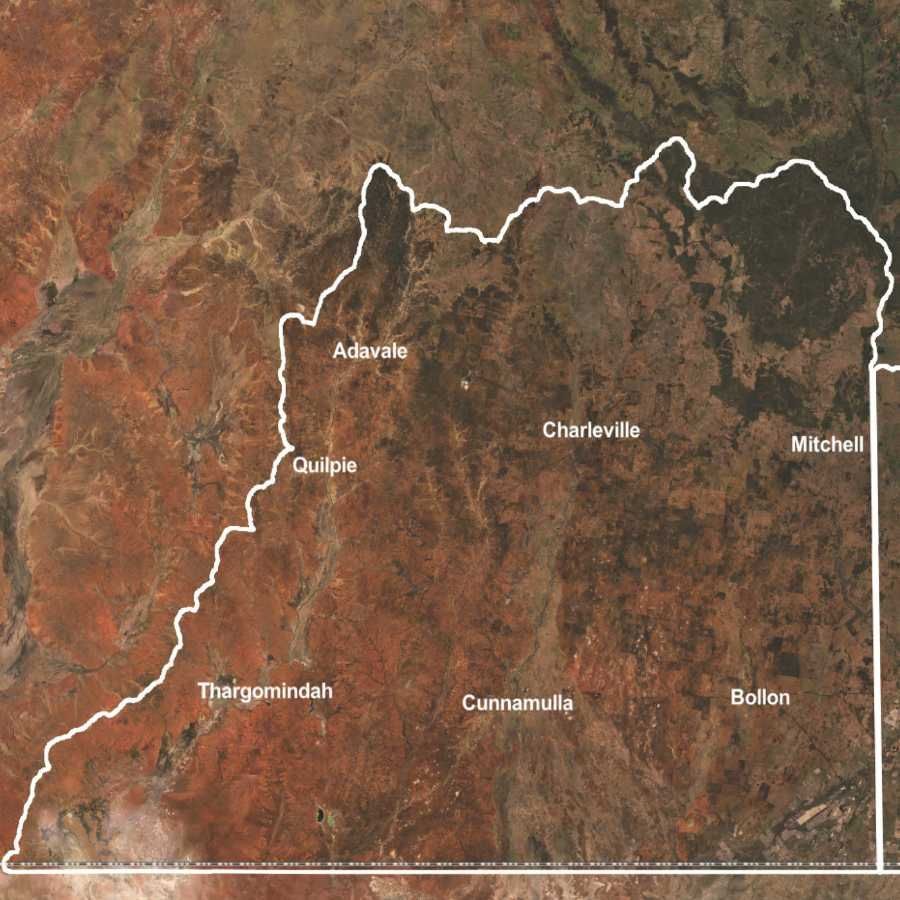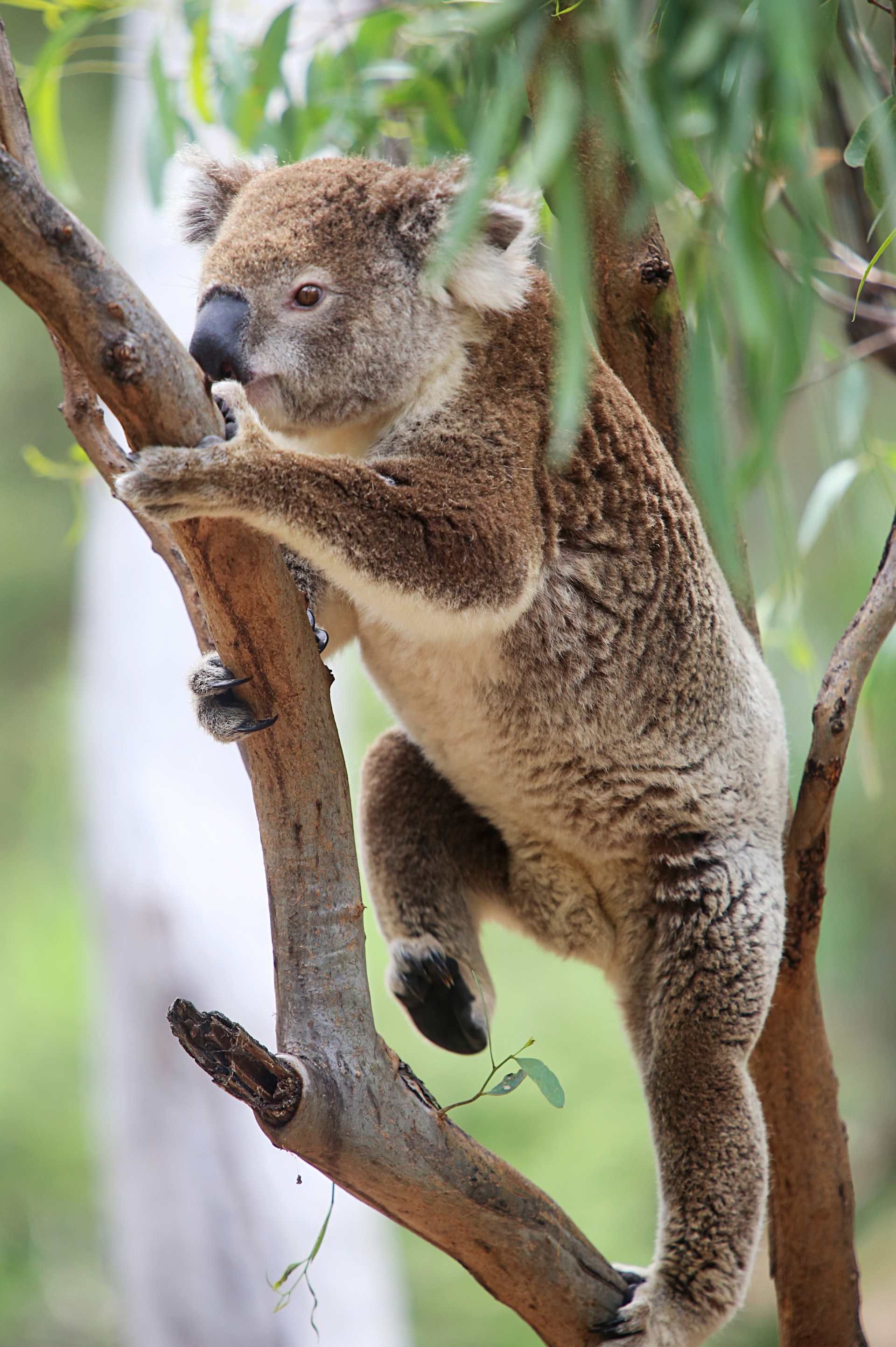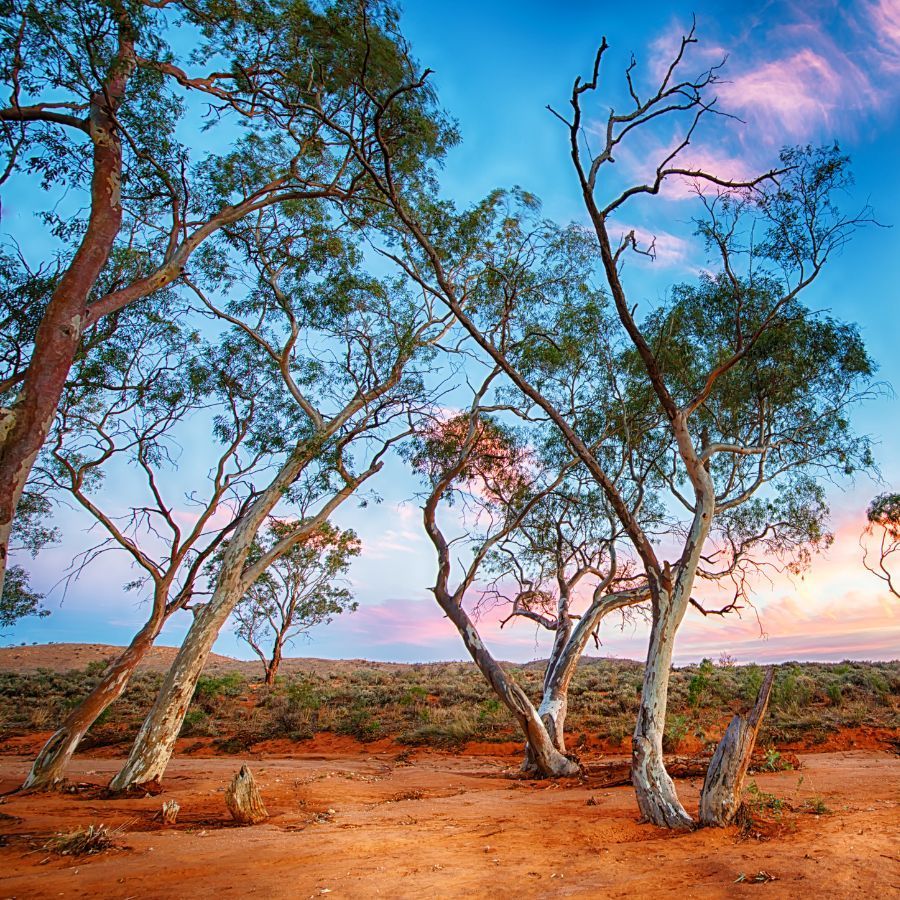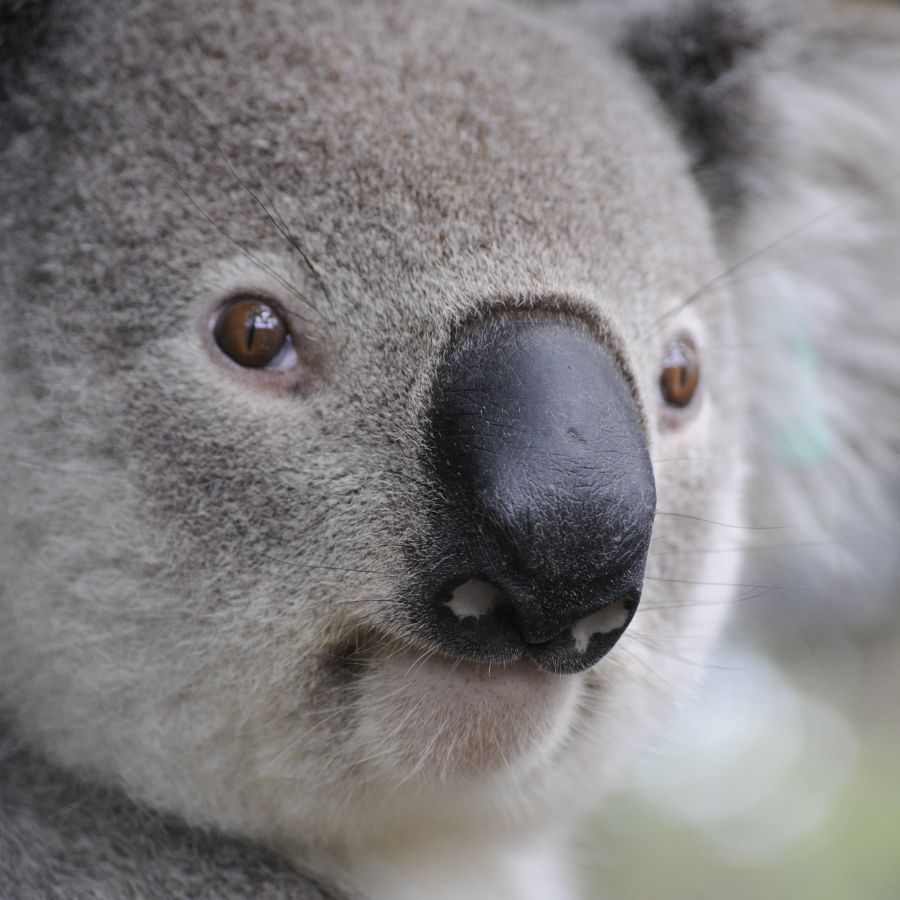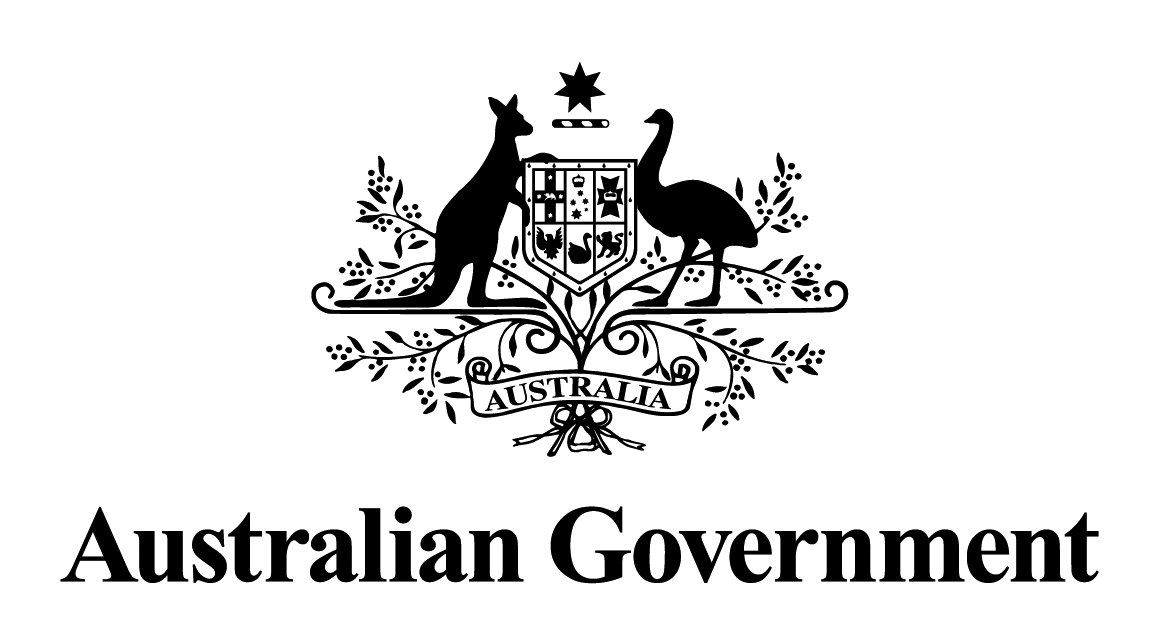Researching Koalas in the Rangelands
The Australian Government funded Researching Koalas in the Rangelands project is a $200,000 investment to support research, knowledge sharing and on-ground works in Western Queensland. The project is aimed at the continued conservation of the koala, which was listed as Endangered in Queensland in 2022.
About the Project
As one of Australia's most iconic species, you may think the status of koalas (Phascolarctos cinereus), would be extensively documented. Throughout the eastern parts of its range this is certainly the case; with research ranging from scientific publications to citizen science groups posting sightings online to produce an extensive knowledge base. But for the species' most western distribution, very little is known about them.
There has only been a small number of sightings of koalas in their western distribution since the 1980's and this project aims to find out:
- Where they are still found?
- How are they doing out there in the rangelands?
- What are their survival needs and major threats?
By incorporating monitoring techniques with land manager and First Nations local knowledge, the project will target koala populations in likely koala habitat areas around Morven, Cheepie, Bulloo River north of Adavale and the Warrego River corridor from Charleville to Cunnamulla. Within these areas the project aims to prioritize hot spots for on-ground investment and provide long term solutions to curb the decline of these western koala populations.
Latest Project News
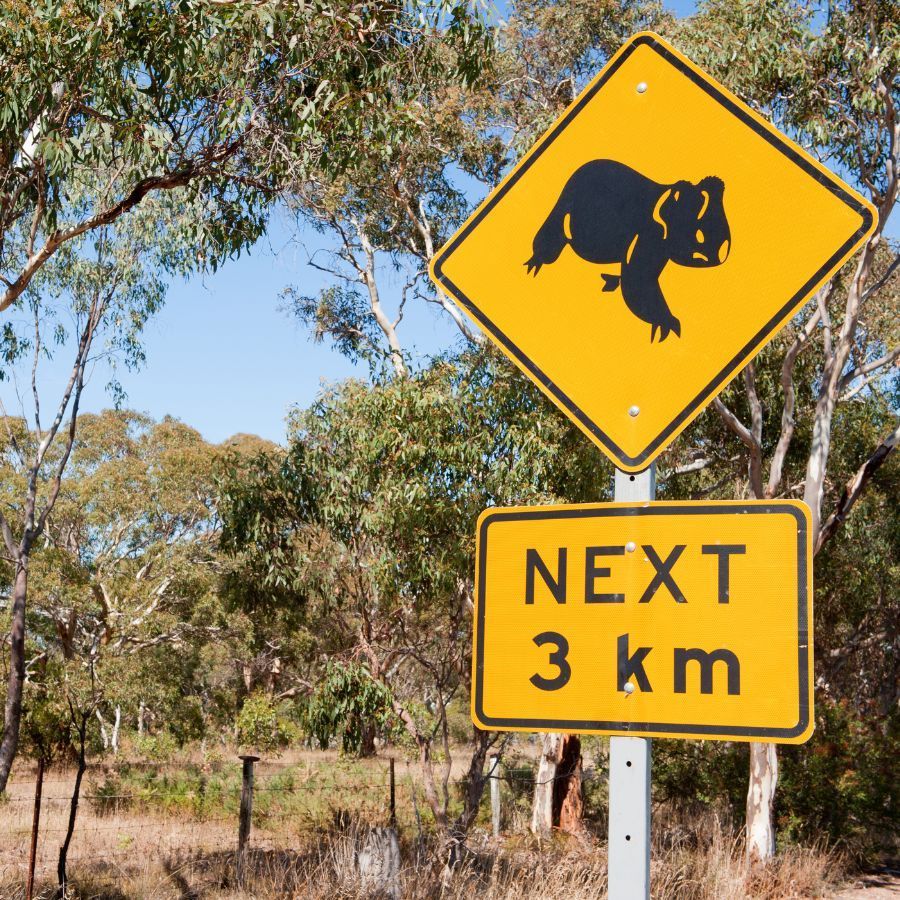
What are the project objectives?
Through Researching Koalas in the Rangelands we will gain a greater understanding of the current distribution and threats to koalas in western Queensland and identify strategies to ensure their continued survival.
Project managers also hope to gain a greater understanding of First Peoples' cultural connection to koalas; and document and share those stories to achieve a greater understanding of their importance to First Peoples and the dream time.
Koala habitat will be improved through targeting weeds, reducing threats from introduced pests like wild dogs, foxes and cats, assessing the impacts of climate change and connecting known and potential habitat areas.
Project managers will also be working with land managers to encourage them to consider koalas in their planning and decision making and through changing land management practices to better accommodate koala needs.
Koala resilience will also be under the spotlight as project managers work to reduce the impacts of climate change on koala habitat in the key focus areas.
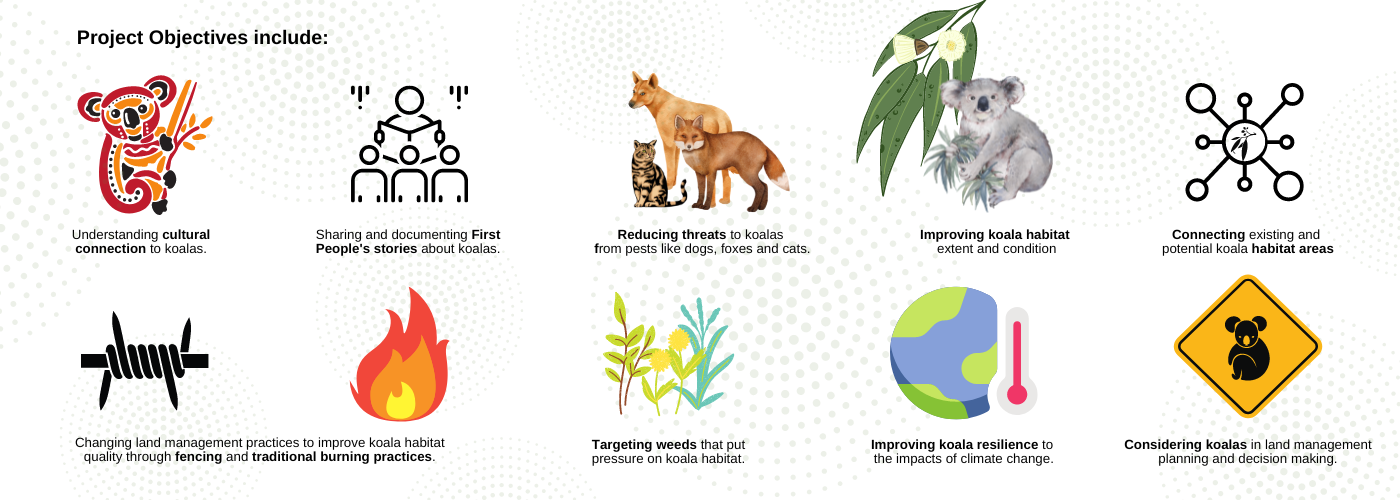
Queensland Koalas in danger
The combined koala populations of Queensland, NSW and ACT were listed as Endangered under the Environmental Protection and Biodiversity Conservation Act 1999 on 12 February 2022.
Most of the koala conservation action in Queensland has been focused on the south-east, especially in recent years. Previous work in southern inland Queensland has demonstrated an 80% decline in local populations during the period 1995-2009. There has been limited published work to follow up on declining numbers since that time.
Southern Queensland includes a vast range of koala habitat, including the western most reaches of their natural distribution between the Bulloo and Warrego River corridors. The range of the koala is determined by specialised food, habitat and environmental requirements. And the health of koalas is linked to the health of the waterways, soil and vegetation.
What are the threats to koalas?
The health of koalas throughout Southern Queensland is intrinsically linked to the health of the waterways, soil and vegetation. Under future climate predictions, shifts in summer temperatures, humidity and water availability pose a significant threat to the koalas as a result of acute physiological stress during heatwaves, compounded by drought.
Koalas in the rangelands face a number of additional environmental stresses including:
- habitat loss and fragmentation
- disease
- dog attack and car strikes
Fences and other structures may also impede movement between patches of suitable habitat. The Researching koalas in the Rangelands project specifically aims to improve the trajectory of koala populations in south west Queensland.
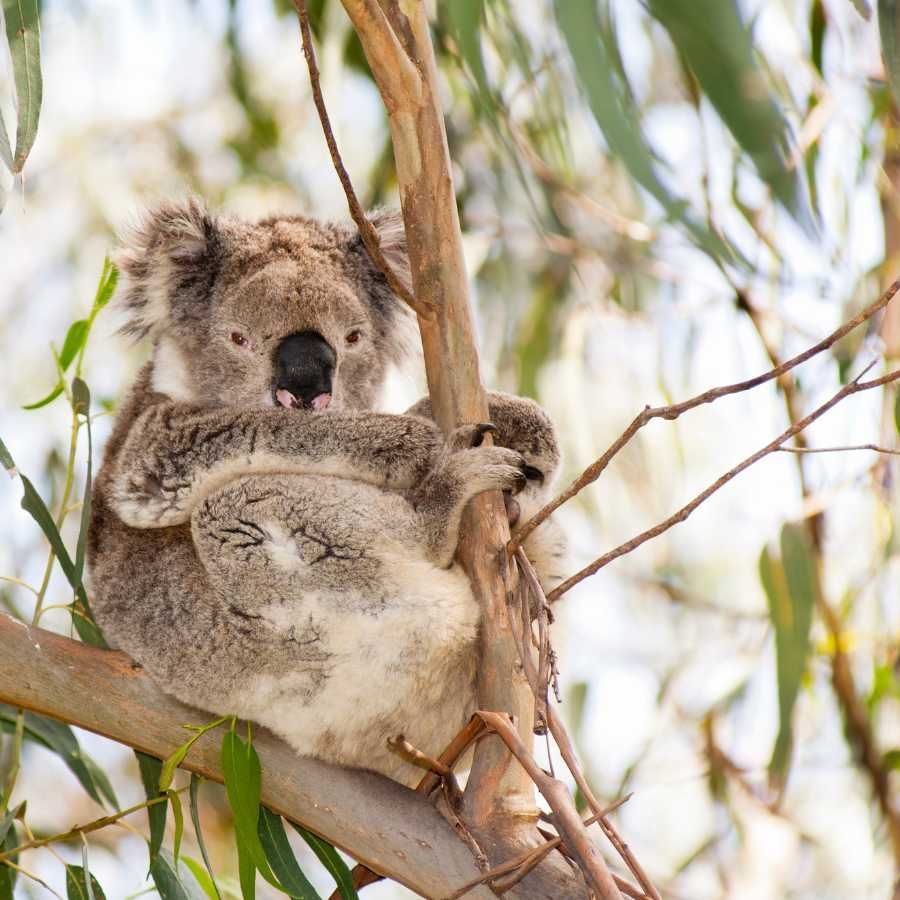
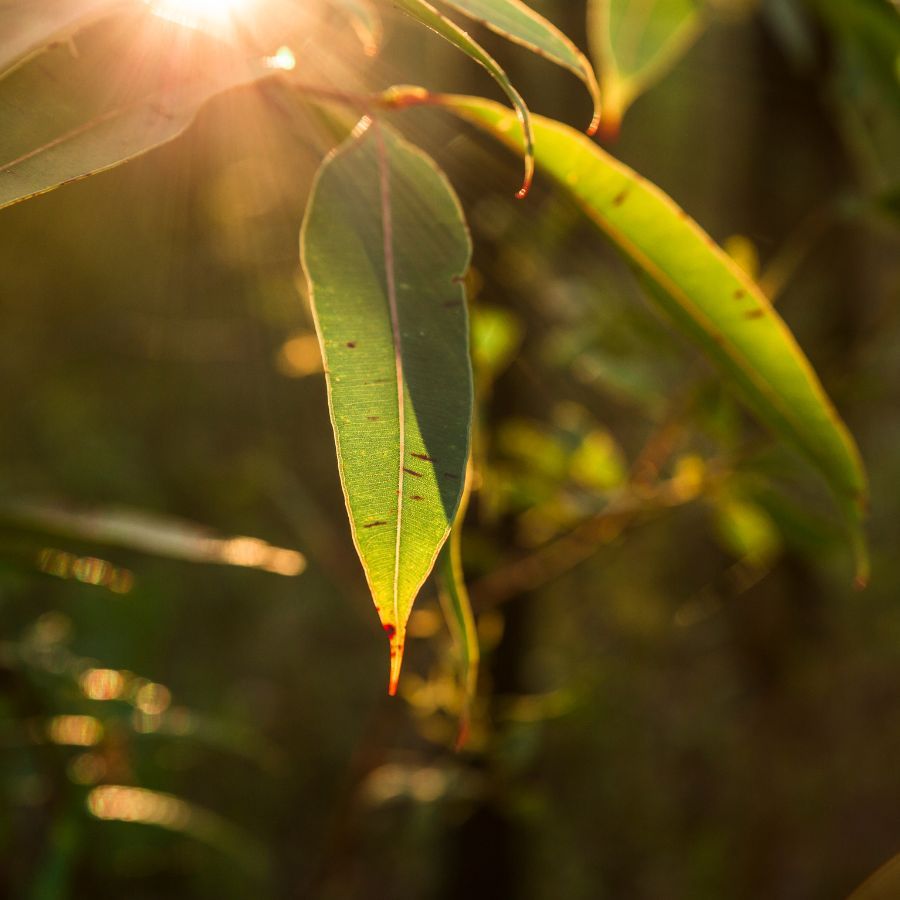
Koalas and the Dreaming
The word 'Koala', can be traced back to the Dharug language of the greater Sydney area and derives from the word gula or gulamany, meaning no drink; which refers to the observation that koalas rarely need to drink water.
"Koobor the koala is the drought maker. Long ago in the Dreaming, Koobor was a boy constantly neglected by his relatives. Consequently he had learnt to live on the leaves of the gum tree." - Kullilla and Muruwari man Michael Connolly.
For some First Nations, the hunting and eating of koalas was forbidden due to their spiritual significance. Many stories describe the koala's importance in the supply and safeguarding of water, encouraging protection of consumption. But for other First Nations it is thought that traditionally the koala was a food source. If the koala was allowed to be eaten, often certain rules or law applied.
"Koobor the koala made a law that, although the people may kill him for food, his skin may not be removed or his bones broken until after he is cooked." - Kullilla and Muruwari man Michael Connolly.
Taken from the website 'The Significance of Koalas for First Nations People. To learn more click the button below.
